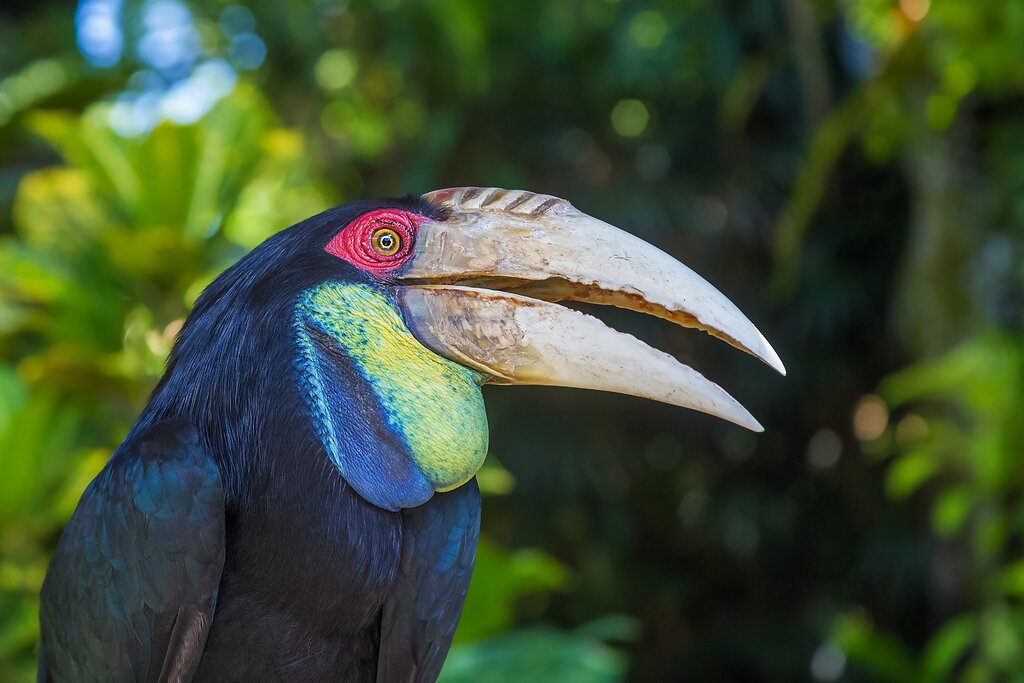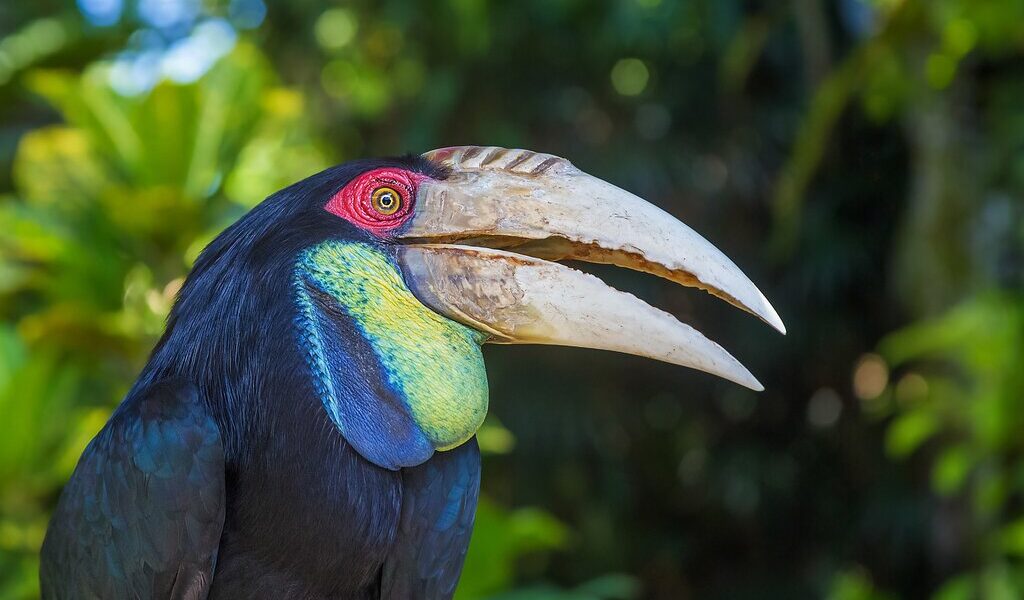
Malaysia is hot and humid in August, and the rains gradually return to western areas. But this is a great month to chill out on a beach in eastern Malaysia, spot orangutans in Borneo, or go bird-watching at bird sanctuaries and wildlife reserves throughout the country. Find out more about where and what to do in Malaysia in August below.
Malaysia in August: A Comprehensive Guide
Malaysia, a jewel in Southeast Asia, beckons travelers with its vibrant culture, stunning landscapes, and delectable cuisine. As a tropical nation, Malaysia experiences warm and humid weather throughout the year, punctuated by two primary seasons: the wet and the dry. However, it’s crucial to understand that these seasons don’t adhere to a uniform schedule across the entire country. While one region might be basking in relatively dry conditions during a specific month, another could be experiencing increased rainfall. August, in particular, is characterized by generally hot and humid weather, with a gradual increase in precipitation in certain areas, especially those situated in the western part of the country.
Across most of Malaysia, temperatures generally fluctuate between a comfortable 71°F (22°C) and a balmy 91°F (33°C) throughout the year. However, it’s important to note that higher altitude locations tend to be cooler than the towns and cities situated at sea level. These lower-lying areas can experience particularly high temperatures during August. In addition, it’s worth being aware that smoke emanating from forest fires in neighboring Indonesia can sometimes impact the air quality in Malaysia during August, potentially leading to hazy conditions. This is something to keep in mind when planning outdoor activities.
Malaysia enjoys a steady stream of visitors throughout the year, drawn by its diverse attractions. However, August is typically considered a peak season for tourism. This is due, in part, to the summer vacation period in North America and Europe, which sees an influx of travelers seeking to escape to warmer climates. Furthermore, many visitors also arrive from the Arab States of the Persian Gulf during this time. Consequently, if you have your heart set on staying at a specific resort, especially in a popular beach destination, it’s highly advisable to book your accommodation well in advance. Be prepared to encounter higher prices compared to months that fall outside the peak season. Resorts located near renowned diving spots tend to be particularly busy during August, so early planning is essential.
Given that so much of Malaysia remains accessible and relatively dry (albeit hot) during August, your choice of destination should ideally be guided by the activities you wish to participate in and the experiences you hope to enjoy. If you are not averse to the occasional rain shower, the western regions of Malaysia, including vibrant cities like Kuala Lumpur, the culturally rich island of Penang, the idyllic beaches of Langkawi, and the historical charm of Melaka, offer a wealth of cultural and natural attractions to explore. Alternatively, if you prefer to minimize your chances of encountering rain, consider venturing to eastern Malaysia, which generally experiences drier conditions during this period.
With the high temperatures prevalent throughout August, spending time on a beach is likely to be a tempting prospect. Indeed, a visit to the beach is almost mandatory if you are interested in diving or snorkeling. While Malaysian Borneo, encompassing the states of Sabah and Sarawak, is perhaps most famous as the home of orangutans in their natural habitat, it also boasts some truly exceptional beaches. The Tunku Abdul Rahman National Park, easily accessible from Kota Kinabalu city, is an excellent choice for travelers seeking a blend of relaxation and adventure. The five islands that comprise the park offer stunning beaches with calm, inviting waters that are perfect for swimming, snorkeling, and diving. In addition, visitors can enjoy a range of other watersports activities, including parasailing and banana boating. For the more adventurous, a zipline connecting two of the islands provides an exhilarating experience.
The islands within the national park are extremely popular for day trips originating from Kota Kinabalu. However, for those who wish to extend their stay and immerse themselves in the island atmosphere, resorts are available on Gayan Island and Manukan Island, offering comfortable accommodation and convenient access to the park’s attractions.
For keen bird watchers, and indeed anyone with even a passing interest in avian life, a visit to Temenggor Lake in August is an absolute must. This expansive lake, situated in northern Malaysia near the border with Thailand, plays host to thousands of magnificent hornbill birds at this time of year. Often referred to as Southeast Asia’s answer to the toucan, these striking birds congregate at the artificial lake to feast on the abundance of ripe figs. While they are not migratory birds, they gather here in large numbers during this particular season, creating a spectacular sight. The best way to observe these incredible creatures is from a cruise on the lake, where you will likely hear their distinctive calls long before you actually see them.
Whether or not you make the journey to Temenggor Lake in northern Malaysia to witness the hornbills, there are numerous other opportunities to observe tropical birds in Malaysia during August. Many forests and national parks throughout the country provide permanent or temporary habitats for these avian wonders. However, dedicated birdwatchers may wish to focus their attention on the designated bird sanctuaries found across the nation. Johor’s Panti Bird Sanctuary, Perak’s Kuala Gula Bird Sanctuary, and Kota Kinabalu’s Ramsar Wetland Site all offer fantastic and diverse birdwatching opportunities. Each location presents a unique ecosystem and a distinct range of bird species to discover.
For a completely different kind of wildlife encounter, consider venturing to Borneo to observe orangutans in their natural environment. Borneo and Sumatra (in Indonesia) are the only two places in the world where you can witness these intelligent primates in the wild. The best time to do this in Borneo is during the dry season, which typically extends from March to October. Within specially designated reserves and sanctuaries, such as the Semenggoh Nature Reserve near Kuching and the Sepilok Orangutan Rehabilitation Centre in East Sabah, you’ll have a good chance of spotting these fascinating animals. These centers play a vital role in the rehabilitation and conservation of orangutans, providing visitors with an opportunity to learn about their behavior and the challenges they face.
Given the rather hot and humid conditions that prevail in August, you might find that taking a jungle tour by boat is a more comfortable way to explore the rainforest than embarking on foot. Consider taking a cruise along the Kinabatangan River in northeastern Sabah, for instance. As you glide along the river, you may be fortunate enough to spot proboscis monkeys, crocodiles, pythons, and even elephants, adding to the thrill of your jungle adventure.
Throughout August, Malaysia comes alive with a number of noteworthy events.
Festival of the Hungry Ghosts, nationwide. This significant Buddhist festival spans an entire month, often extending into September. During this time, Chinese Malaysians pay homage to their deceased ancestors by offering them food, entertainment, and prayers, seeking to appease their spirits and ensure good fortune.
Malaysia National Day, nationwide. This public holiday, observed on August 31st, commemorates the formation of Malaysia in 1963. While the holiday is celebrated throughout the country, the grandest parades and festivities typically take place in Kuala Lumpur, centered around the iconic Merdeka Square. Attending these celebrations provides a fascinating insight into Malaysia’s history and national pride.
(Word count: 1239)
B-1538

